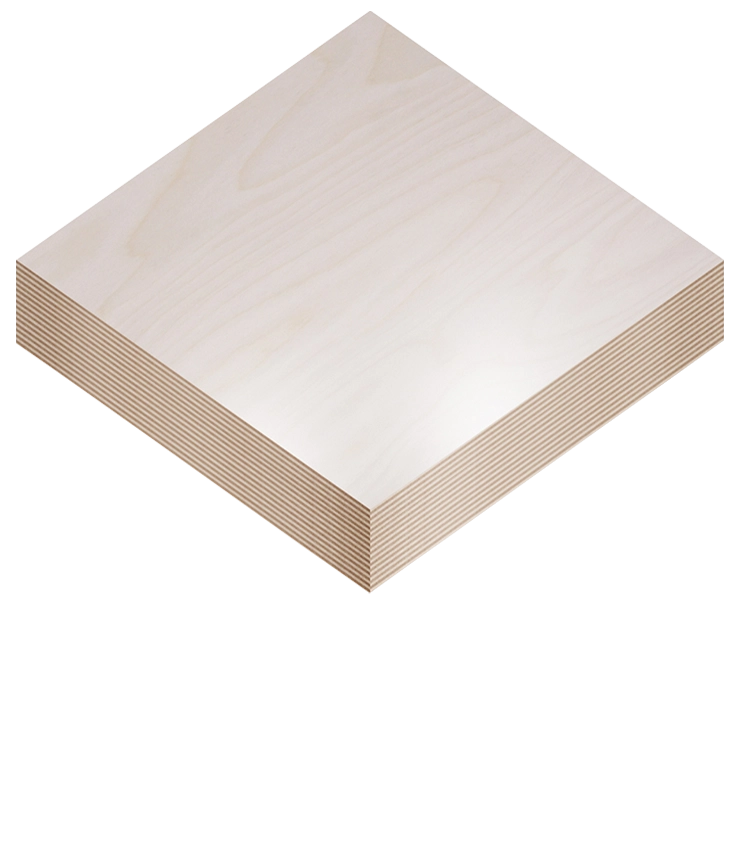What is Plywood? The Versatile Wood You Need to Know
When it comes to building, crafting, or even decorating, wood is often the go-to material. But beyond solid lumber lies a fantastic engineered wood product that offers a unique blend of strength, versatility, and affordability: plywood.
If you’ve ever tackled a DIY project, browsed furniture stores, or walked through a construction site, chances are you’ve encountered plywood. But what exactly is it? Let’s dive into the details of this workhorse material.
The Basic Breakdown: Layers of Strength
At its core, plywood is a sheet material made by bonding together thin layers of wood veneers, also known as plies. These plies are glued together with the grain of adjacent layers running at right angles to each other. This cross-graining is the secret behind plywood’s exceptional strength and stability.
Think of it like weaving fabric. By interlacing the fibers in different directions, you create a material that resists tearing and distortion much better than individual threads. The same principle applies to plywood. This construction method significantly reduces the wood’s tendency to shrink, swell, warp, and crack compared to solid wood.
Key Characteristics of Plywood:
- Strength and Durability: The cross-laminated structure provides excellent resistance to bending, splitting, and impact.
- Lightweight: Despite its strength, plywood is relatively lightweight, making it easier to handle and work with.
- Versatility: Plywood comes in various thicknesses, sizes, and wood species, making it suitable for a wide range of applications.
- Workability: It can be easily cut, drilled, shaped, and fastened using standard woodworking tools.
- Water Resistance (in some types): Specialty plywood like marine plywood is manufactured with waterproof glue and water-resistant veneers for use in damp or wet environments.
- Cost-Effective: For many applications, plywood offers a more economical solution compared to solid hardwood.
The Many Faces of Plywood: Different Types for Different Needs
Not all plywood is created equal. Different wood species, adhesive types, and manufacturing processes result in plywood with varying properties. Here are some common types you might encounter:
- Softwood Plywood: Typically made from pine, fir, or spruce. Often used for construction, sheathing, and general utility purposes.
- Hardwood Plywood: Crafted from woods like birch, oak, maple, or poplar. Known for its strength and attractive appearance, making it ideal for furniture, cabinetry, and decorative applications.
- Marine Plywood: As mentioned earlier, this type uses waterproof glue and often features durable veneers like Okoume or Birch. Designed for boat building and marine environments.
- Exterior Plywood: Bonded with water-resistant glue to withstand outdoor exposure. Used for siding, roofing, and other exterior construction.
- Film-Faced Plywood: Coated with a smooth, durable phenolic film. Commonly used for concrete formwork due to its resistance to moisture and abrasion, and its ability to create smooth concrete surfaces.
Where is Plywood Used? The Applications are Endless!
Plywood’s versatility has made it a staple in numerous industries:
- Construction: Subflooring, wall and roof sheathing, concrete formwork, structural components.
- Furniture: Cabinets, tables, chairs, shelving units.
- Transportation: Truck and trailer flooring, container construction, vehicle interiors.
- Packaging: Crates, boxes, pallets.
- Marine: Boat building, docks, piers.
- DIY and Crafting: Countless projects, from simple boxes to intricate furniture pieces.
- Signage and Displays: Backboards, panels, and structural elements.
In Conclusion: Plywood – A Modern Marvel of Wood Engineering
Plywood is more than just layers of wood glued together. It’s an engineered material that leverages the natural strength of wood in a smart and efficient way. Its durability, versatility, and relative affordability have made it an indispensable material for countless applications. Understanding what plywood is and the different types available will empower you to make the right choice for your next project, ensuring both success and longevity. So, the next time you see a sheet of plywood, remember the clever engineering and the vast potential it holds!


